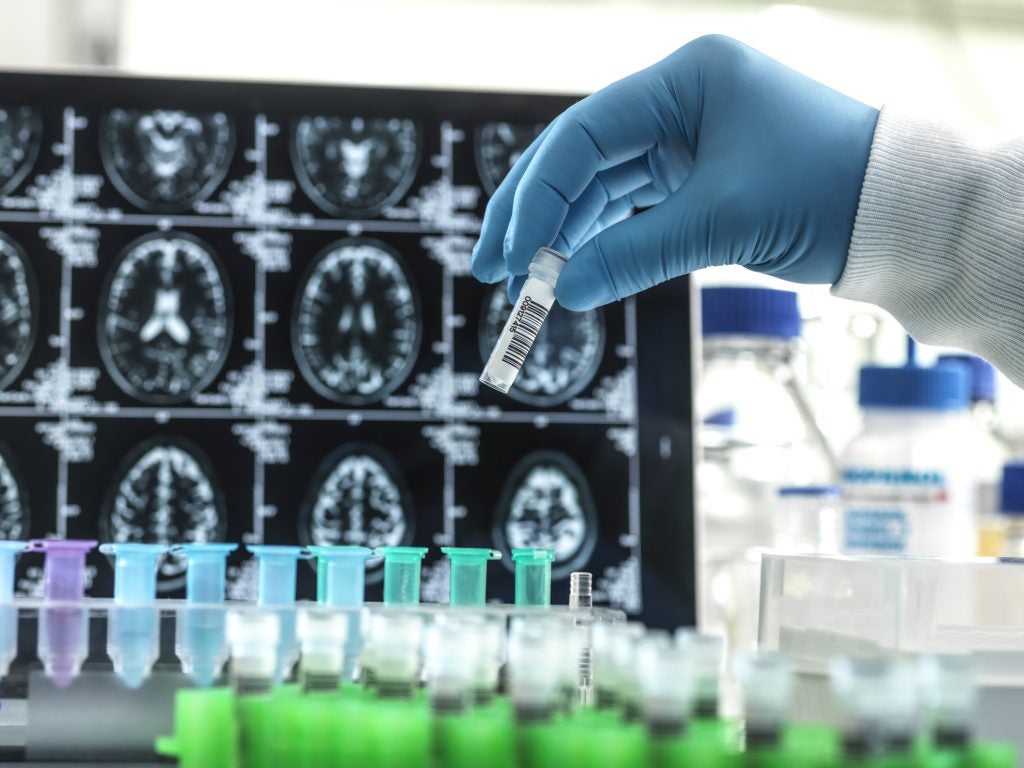A new technique has been developed by research investigators in Singapore, to understand how ribonucleic acid (RNA) molecules come together in an unbiased and large-scale manner inside cells.
The development was led by a collaboration of Dr Wan Yue and Dr Niranjan Nagarajan from A*STAR’s Genome Institute of Singapore (GIS).
The new Sequencing of Psoralen Linked and Selected Hybrids (SPLASH) technique has been used to demonstrate the RNA network in human and yeast cells.
The SPLASH technique has also been used to describe the dynamics of RNA network and the effect of the structural organisation on translation and decay processes in the cell.
The RNA molecules play a primary role in regulating gene expression in a cell. Since very little is yet known about how RNA come together to interact with itself or with other RNA molecules, the SPLASH technique will help the team understand RNA interactions better.
GIS stem cell and regenerative biology junior principal investigator and co-lead author of the study Dr Wan said: "The cell is a complex machine; we need to understand the configuration of all its components to be able to engineer and / or repair it.
How well do you really know your competitors?
Access the most comprehensive Company Profiles on the market, powered by GlobalData. Save hours of research. Gain competitive edge.

Thank you!
Your download email will arrive shortly
Not ready to buy yet? Download a free sample
We are confident about the unique quality of our Company Profiles. However, we want you to make the most beneficial decision for your business, so we offer a free sample that you can download by submitting the below form
By GlobalData"RNA shapes and RNA interaction networks are key to cellular function. Depending on cellular needs, these dynamic interaction networks can be remodelled.
"Most importantly, targeting these networks could be a means to inhibit infectious organisms."
The method will help the team study the transcriptomes of infectious organisms, including dengue, pathogenic bacteria and Zika viruses, in order to identify the way RNA shapes and networks in these genomes allow the infection of human cells by pathogens.
GIS computational and systems biology principal investigator and paper’s co-lead author Dr Nagarajan said: "We now have the tools to understand how RNA structural organisation impacts disease and pathogen biology, with the eventual goal being to leverage this understanding for new drugs and antimicrobials."
The efforts in understanding microbial pathogenicity are expected to create new anti-virals, anti-microbials or vaccines against these pathogens.





